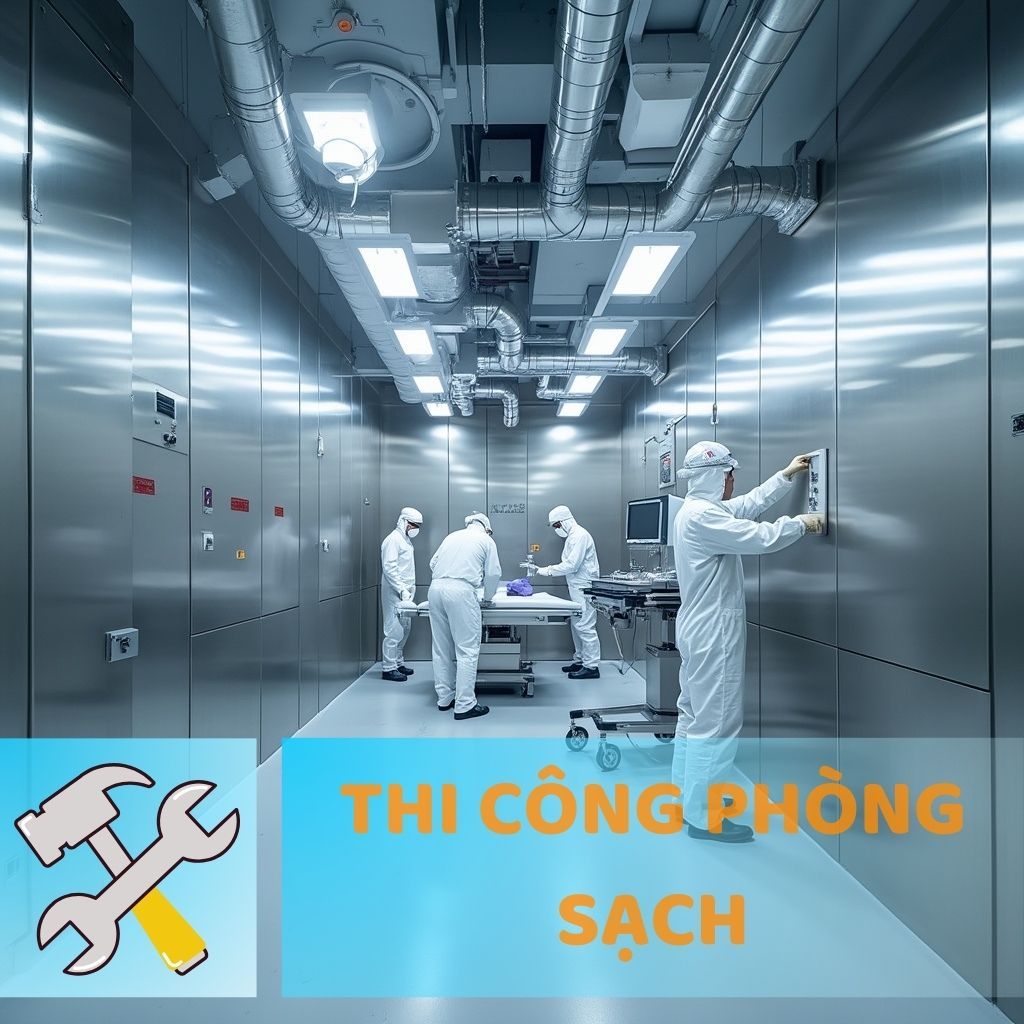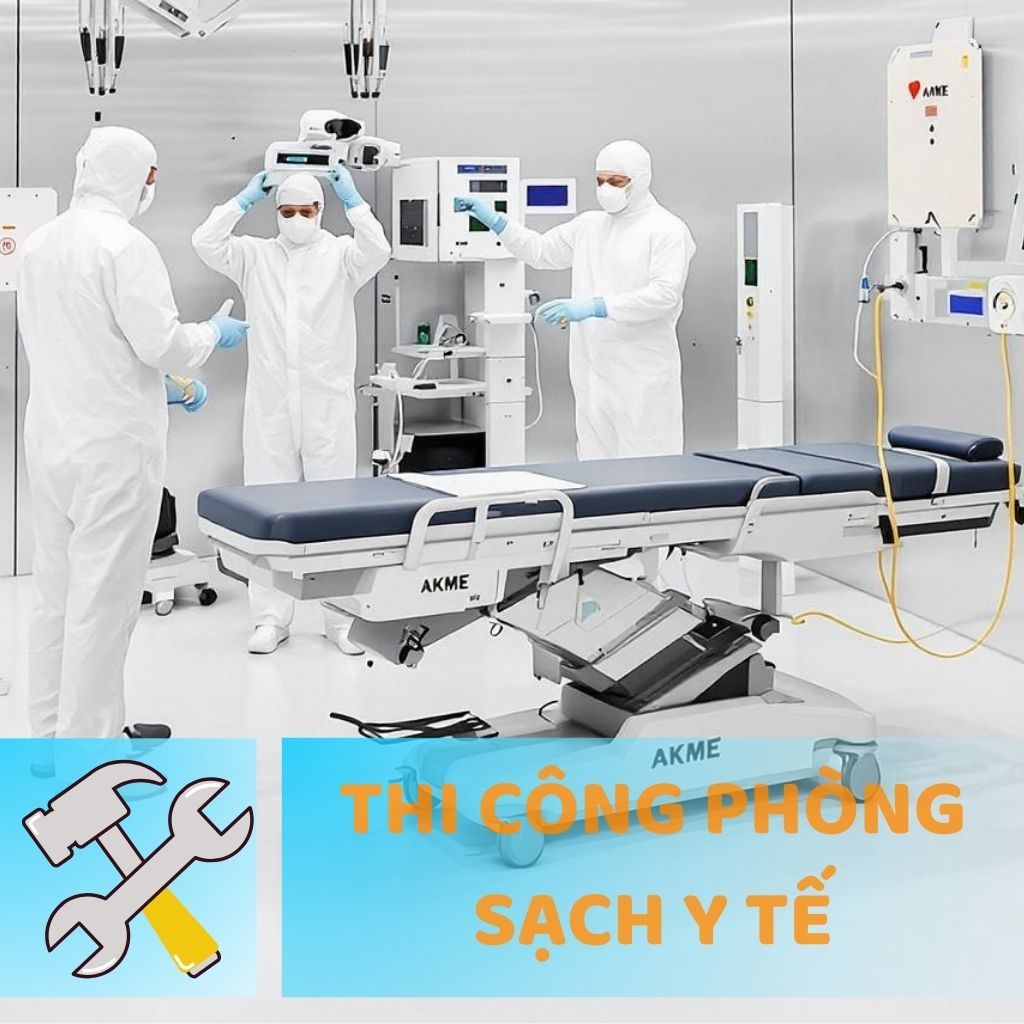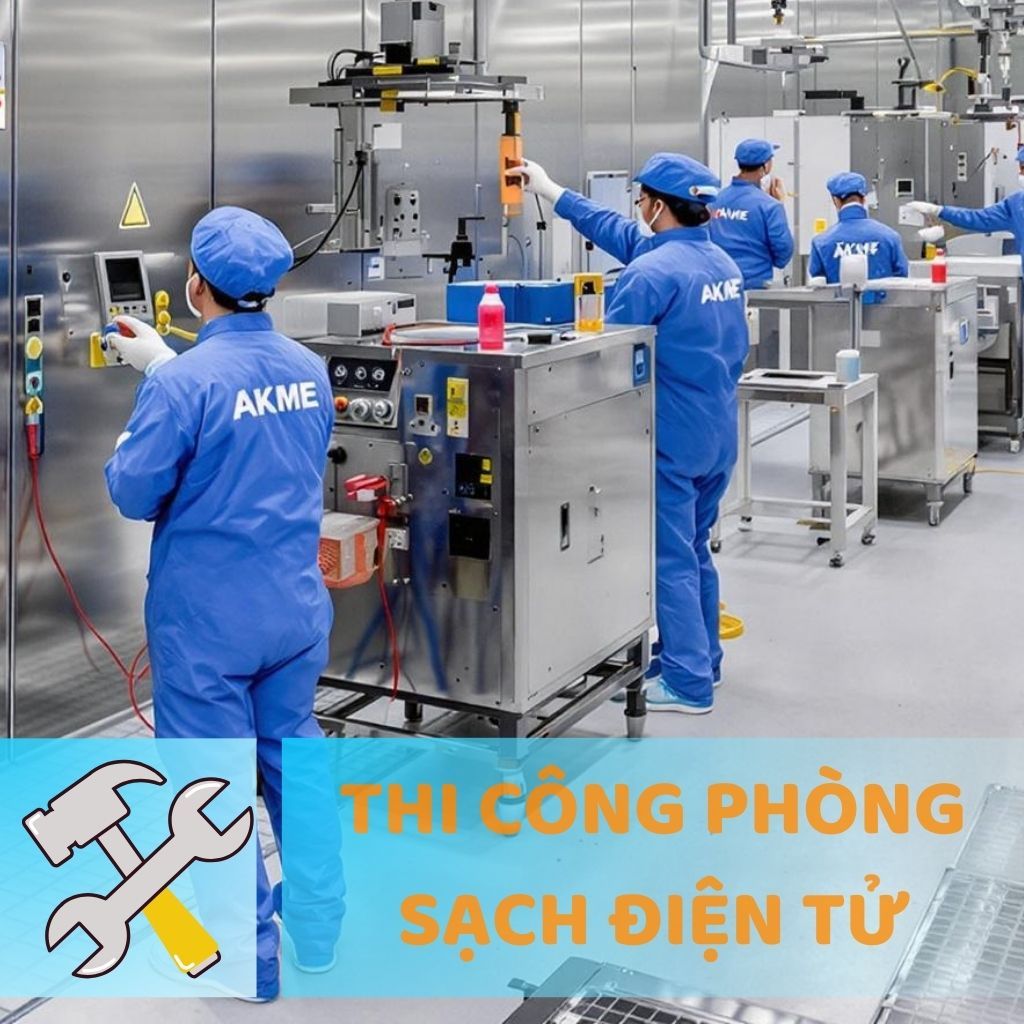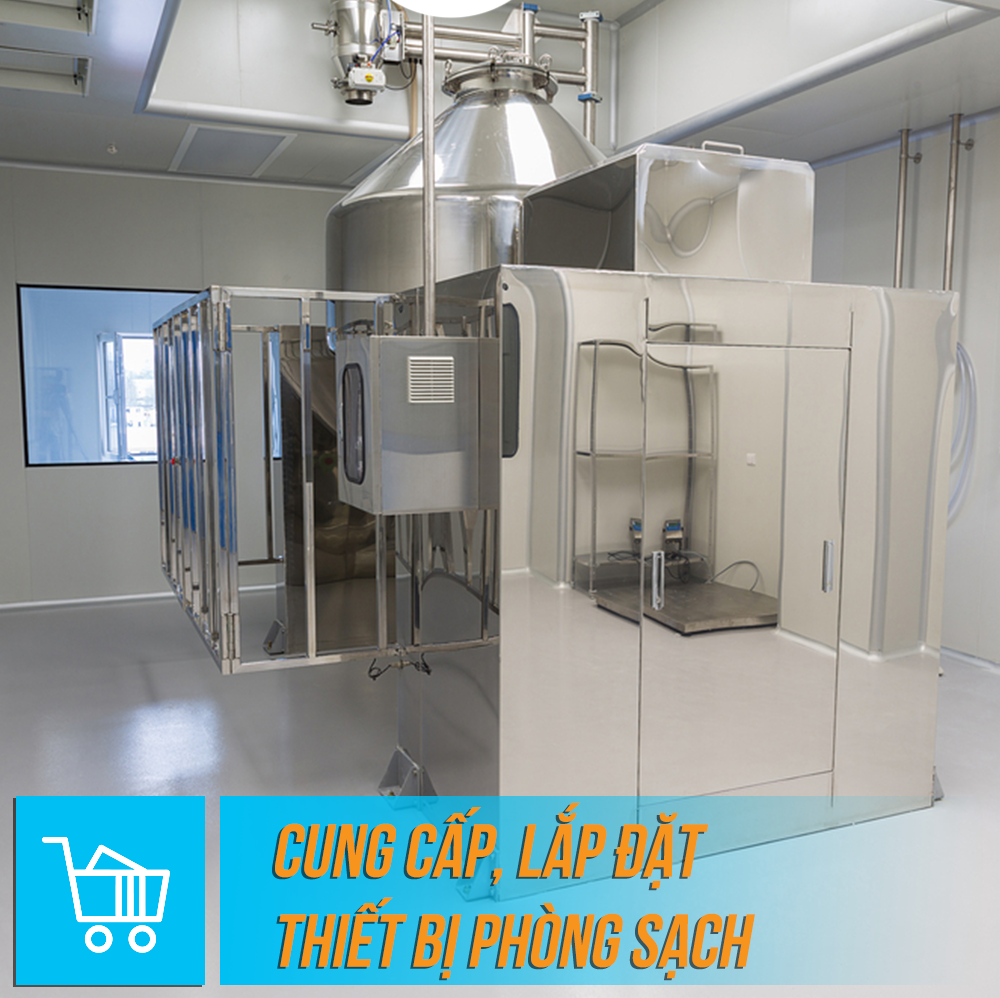Sustainable Packaging for Cleanrooms: Optimization & Innovation
08:42 - 15/09/2025 365
In-depth article on sustainable cleanroom packaging. Analyzing solutions from plastic reduction, kitting to supply chain optimization for the pharmaceutical & semiconductor industries.
Cleanroom Light Indicators: Improve Safety & Optimize Processes
Tersicoccus phoenicis: Dormant Bacteria Challenges NASA's Sterile Process
Vietnam's Amended Pharmacy Law: Important amendments & opportunities for businesses
The Future of Cleanroom Technology: Tools, Trends, and Emerging Innovations
☰ Article Table of Contents
- 1. Breakthrough in Sustainable Packaging for Cleanrooms: A Comprehensive Strategy from Materials to Logistics
- 1.1. The Dual Challenge: Sterile Safety and Environmental Responsibility
- 1.2. Pillar 1: Optimizing Packaging Materials
- 1.2.1. Minimizing Plastic Usage
- 1.2.2. Enhancing Recyclability
- 1.3. Pillar 2: Optimizing Design and Processes
- 1.3.1. Kitting Solutions
- 1.3.2. Design for Logistics
- 1.4. Dual Benefits: Operational Efficiency and ESG Commitment
- 1.5. Towards the Future
Breakthrough in Sustainable Packaging for Cleanrooms: A Comprehensive Strategy from Materials to Logistics
In industries requiring tightly controlled environments such as pharmaceuticals, biotechnology, and semiconductors, packaging not only plays a role in protecting products from contamination but is also a critical element in the supply chain. Today, a quiet revolution is taking place, where sustainable packaging solutions not only help reduce environmental impact but also bring significant operational efficiency and competitive advantages. This article will analyze innovative sustainable packaging strategies for cleanrooms, from material optimization to logistics process improvements.
The Dual Challenge: Sterile Safety and Environmental Responsibility
Cleanroom environments require a near-absolute level of contamination control. Therefore, traditional packaging often prioritizes the use of multi-layered virgin plastic to ensure integrity and sterility. However, this creates a large amount of hard-to-recycle plastic waste, which goes against the sustainable development goals and ESG (Environmental, Social, and Governance) commitments of modern businesses.
To address this challenge, leading manufacturers are pioneering a comprehensive approach focused on reducing, reusing, and recycling packaging materials without compromising stringent safety standards.
Pillar 1: Optimizing Packaging Materials
The foundational strategy of sustainable packaging is to use materials more intelligently and efficiently.
Minimizing Plastic Usage
One of the most effective ways to reduce environmental impact is to reduce the amount of material used from the outset. Key improvements include:
- Downsizing product bags: Redesigning the size of bags for consumables like gloves or garments significantly reduces annual plastic consumption. This not only reduces waste but also optimizes storage space at the facility.
- Eliminating unnecessary components: Many products were previously packaged in rigid plastic boxes or trays (polypropylene). New solutions have completely eliminated these components, helping to cut tons of plastic per year.
Enhancing Recyclability
To promote a circular economy, packaging materials need to be designed for easy recycling after use.
- Using mono-materials: Switching to a mono-material structure, primarily polyethylene (PE), for both bags and carton liners simplifies the sorting and recycling process at waste treatment facilities.
- Integrating recycled materials (PCR): Carton liners can now contain up to 30% Post-Consumer Recycled (PCR) plastic content, reducing reliance on virgin plastic while still ensuring protective performance.

Pillar 2: Optimizing Design and Processes
Besides materials, improving packaging design and logistics processes also plays a key role.
Kitting Solutions
Instead of individually packaging each item, consolidating components of a cleanroom garment set (such as clothing, hoods, boots) into a single bag offers several benefits:
- Reduced packaging waste: This solution can reduce the number of plastic bags used to just one-third, significantly cutting the total volume of plastic waste.
- Increased operational efficiency: The gowning process becomes faster and more standardized, helping to reduce preparation time and the risk of contamination from handling.
Design for Logistics
Transport packaging is also optimized to reduce costs and carbon emissions throughout the supply chain.
- Lightweight and compact cartons: Using cartons made from 100% recycled materials with smaller dimensions helps reduce the weight and volume of each shipment.
- Load optimization: More efficient packaging allows for more products to be transported per pallet and per truck, directly reducing CO₂ emissions from transport activities.
Dual Benefits: Operational Efficiency and ESG Commitment
Applying sustainable packaging strategies brings measurable benefits:
- Environment: Manufacturers can accurately quantify the tons of plastic and CO₂ reduced, providing transparent data for ESG reports and sustainability communications.
- Economic: Reduced transport costs, optimized warehouse space, and increased workflow efficiency help businesses save significant long-term operational costs.
- Brand: A strong commitment to sustainability enhances brand reputation and meets the growing expectations of customers and stakeholders.
Towards the Future
The cleanroom industry is witnessing a powerful shift, where sustainability is no longer an add-on but has become a primary driver of innovation. The future of cleanroom packaging will continue to focus on developing new bio-based materials, expanding recycling programs, and integrating digital technologies like "product passports" to enhance supply chain transparency.
By adopting a strategic and comprehensive approach, businesses can not only meet the strict requirements of the cleanroom environment but also contribute positively to protecting the planet, turning the sustainability challenge into an opportunity for growth and market leadership.
 | ANH KHANG CLEANROOM MECHANICAL AND ELECTRICAL JOINT STOCK COMPANY Hotline: 1900 636 814 - 0902 051 222 Email: info@akme.com.vn Website: akme.com.vn Add: Lot B7 - Xuan Phuong Garden - Phuong Canh - Nam Tu Liem - Hanoi. |
12:05 - 28/11/2019 47511
Cleanroom Design and Construction
14:05 - 11/03/2025 20121
GMP and ISO Standard Cleanroom Construction
14:18 - 11/03/2025 12039
ISO Standard Medical Cleanroom Construction
14:13 - 28/02/2025 23020
Electronics Cleanroom Construction
16:15 - 18/03/2021 4613
Warranty Service
16:26 - 28/11/2019 17645
Supply and installation of cleanroom equipment
14:50 - 26/11/2019 5962
Technology Production Line Consulting
16:35 - 19/03/2025 18232














